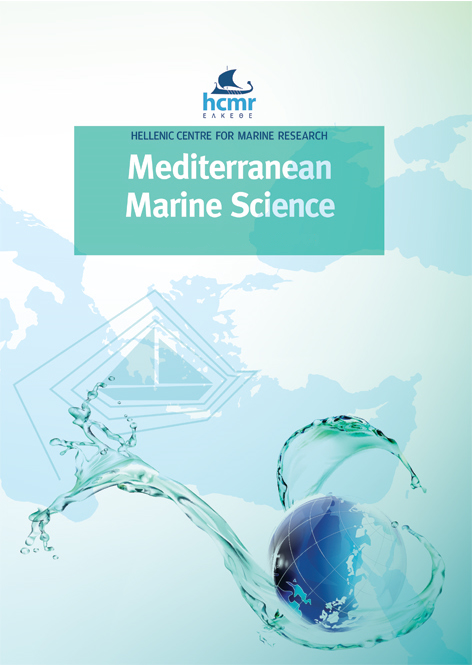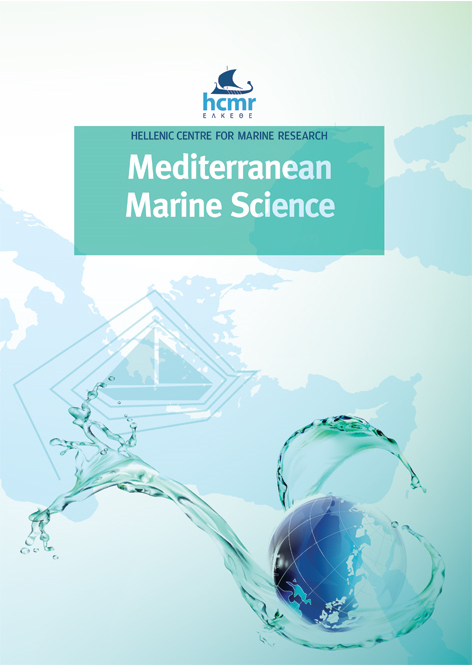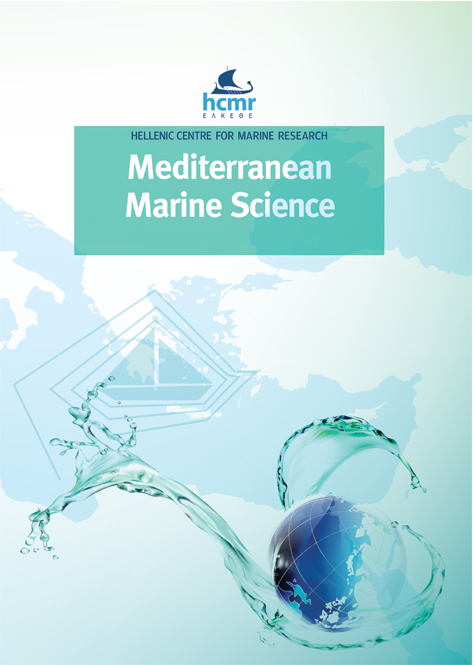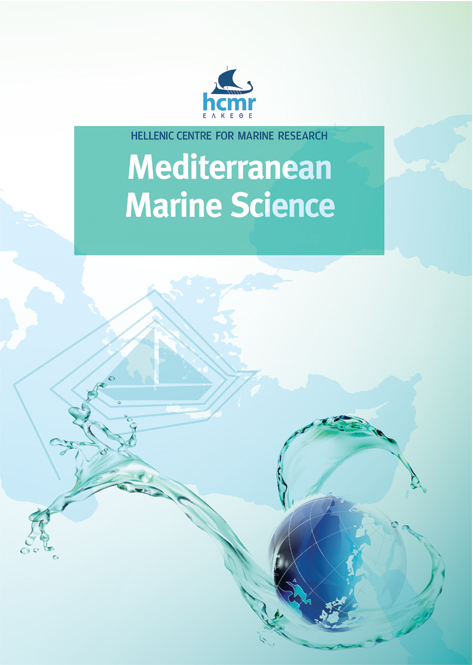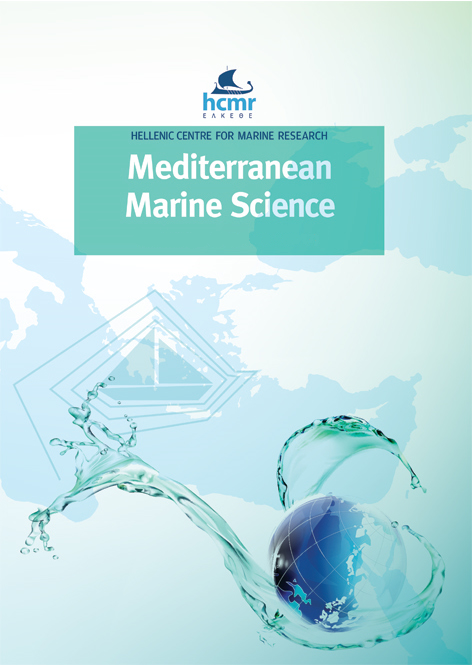New kid in town: Pinna rudis spreads in the eastern Mediterranean
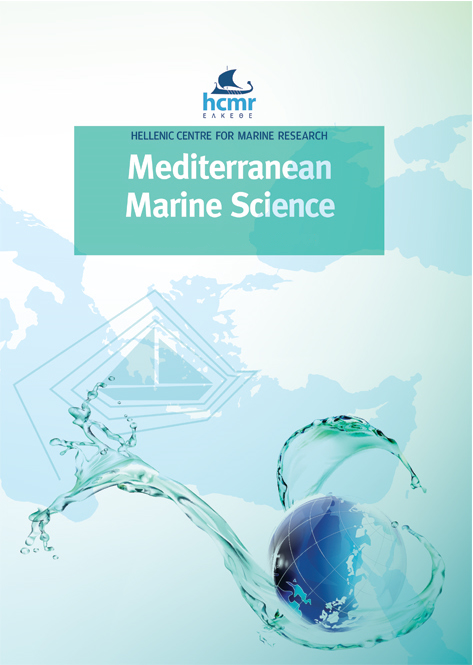
Abstract
In the Mediterranean Sea, the genus Pinna encompasses two large fan-shaped bivalve species, Pinna nobilis and Pinna rudis. Historically, both species coexisted in the western Mediterranean until a mass mortality event (MME) brought P. nobilis to the brink of extinction. Notably, P. rudis remained unaffected by the MME, and its recent successful recruitment and further spread have been hypothesized to be linked to the local extinction of P. nobilis. Although P. rudis has been sparsely recorded in the eastern Mediterranean Sea (with some of these records being doubtful), reports emerging in the summer of 2023 from researchers and citizens have unveiled its sudden spread in the region. This study documents the recent presence of P. rudis within Greek waters through a dedicated survey and molecularly confirmation through two distinct molecular methods. Information derived from a citizen science initiative, following photo-identification of the species was also included. Furthermore, an updated review of the distribution of P. rudis in the Mediterranean Sea, integrating data from literature and online repositories is provided. This research confirms the recent spread of P. rudis in Crete, the Greek Ionian Sea, and Cyprus (first verified records of the species in the regions), in marine areas where P. nobilis has become extinct, further strengthening the hypothesis that P. rudis has benefited from the collapse of P. nobilis populations.
Article Details
- How to Cite
-
ZOTOU, M., PAPADAKIS, O., CATANESE, G., STRANGA, Y., RAGKOUSIS, M., KAMPOURIS E., T., NAASAN AGA - SPYRIDOPOULOU, R., PAPADIMITRIOU, E., KOUTSOUBAS, D., & KATSANEVAKIS, S. (2023). New kid in town: Pinna rudis spreads in the eastern Mediterranean. Mediterranean Marine Science, 24(3), 709–721. https://doi.org/10.12681/mms.35343
- Section
- Research Article
Authors who publish with this journal agree to the following terms:
- Authors retain copyright and grant the journal right of first publication with the work simultaneously licensed under a Creative Commons Attribution Non-Commercial License that allows others to share the work with an acknowledgement of the work's authorship and initial publication in this journal.
- Authors are able to enter into separate, additional contractual arrangements for the non-exclusive distribution of the journal's published version of the work (e.g. post it to an institutional repository or publish it in a book), with an acknowledgement of its initial publication in this journal.
- Authors are permitted and encouraged to post their work online (preferably in institutional repositories or on their website) prior to and during the submission process, as it can lead to productive exchanges, as well as earlier and greater citation of published work (See The Effect of Open Access).





